Jet lag hits everyone differently, but it always hits. Some people bounce back after crossing six time zones like nothing happened, while others feel like they’ve been hit by a truck after a three-hour change. Your circadian rhythm—that internal clock that tells your body when to sleep, wake up, and feel hungry—doesn’t care about your travel itinerary. It operates on its schedule and needs some convincing to adjust to new time zones.
The good news is that you can work with your biology instead of against it. Here is a list of 20 time zone adjustment tips that can significantly speed up your recovery and get you feeling normal faster.
Start Adjusting Before You Leave
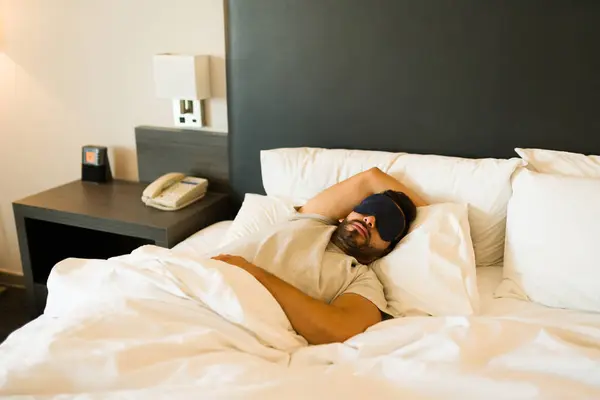
Begin shifting your sleep schedule 3–4 days before departure, moving your bedtime and wake-up time by 30–60 minutes each day toward your destination’s schedule. If you’re traveling east, start going to bed earlier and waking up earlier.
This gradual adjustment gives your body a head start on the transition, making the actual time change less of a shock to your system.
Strategic Light Exposure
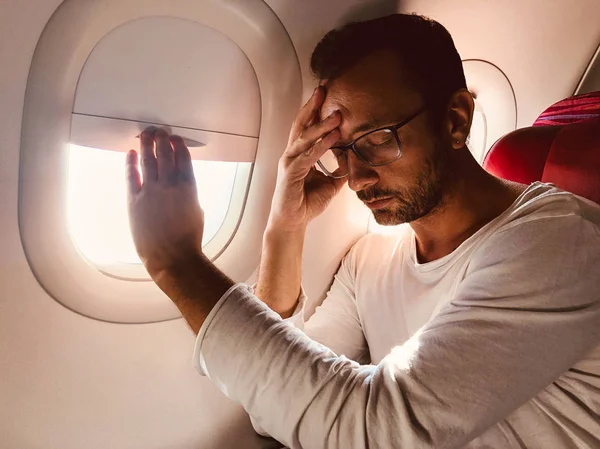
Light is your circadian rhythm’s primary cue, so use it strategically both before and during travel. If you’re heading east, expose yourself to bright light in the morning and avoid light in the evening during the days leading up to your trip.
For westward travel, do the opposite—seek evening light and avoid morning brightness.
Like Travel Pug’s content? Follow us on MSN.
Airplane Window Management
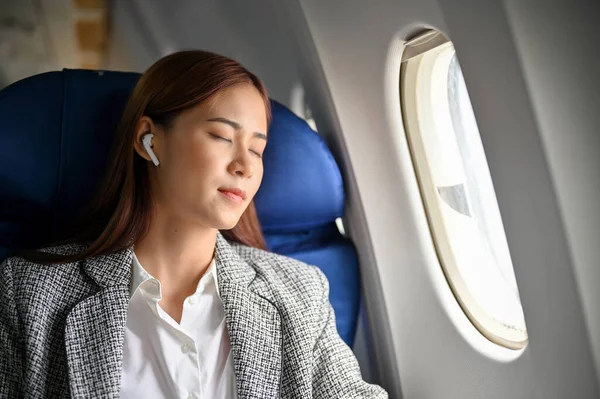
Keep your window shade open during daylight hours at your destination, even if it means dealing with bright light when you’d rather sleep. Your brain needs to start recognizing the new light patterns immediately.
Conversely, close the shade when it’s nighttime at your destination—even if the cabin lights are on or other passengers are awake—to help your brain adapt more quickly.
Hydration Focus

Dehydration makes jet lag worse, so drink water consistently throughout your flight—about 8 ounces per hour of flight time. Airplane cabins typically have humidity levels of 10–20%, much lower than the 40–60% most people find comfortable, which can quickly lead to dehydration.
Avoid Alcohol and Limit Caffeine

Both alcohol and excessive caffeine can disrupt your sleep patterns and make adjustments harder. Alcohol might help you fall asleep initially, but it prevents deep, restorative sleep and can leave you more tired.
Limit caffeine to the morning hours of your destination’s time zone, cutting it off at least 6–8 hours before your intended bedtime.
Like Travel Pug’s content? Follow us on MSN.
Meal Timing Reset

Start eating according to your destination’s meal schedule as soon as you board the plane. Your digestive system is another powerful circadian cue, and eating at appropriate local times helps signal to your body what time it should be.
If it’s breakfast time at your destination, eat breakfast foods regardless of what your home time zone suggests.
Melatonin Timing

Take melatonin 30–60 minutes before your intended bedtime at your destination, but only for the first few nights. The typical effective dose is 0.5-3 milligrams—more isn’t necessarily better and can leave you groggy.
Melatonin is most effective as a short-term sleep aid rather than a long-term solution.
Exercise at Local Times

Get some physical activity during daylight hours at your destination, even if it’s just a 20-minute walk. Exercise helps regulate your circadian rhythm and can improve your mood and energy levels.
Avoid intense workouts close to your new bedtime, as they can be stimulating and make it harder to fall asleep.
Like Travel Pug’s content? Follow us on MSN.
Power Nap Limits
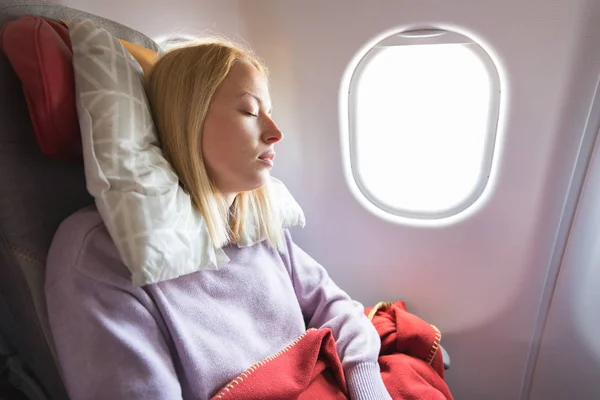
If you must nap upon arrival, limit it to 20–30 minutes and take it before 3 PM local time. Longer naps or late-afternoon sleep can interfere with your ability to fall asleep at an appropriate bedtime.
Set an alarm and resist the temptation to ‘just rest your eyes’ for a few more minutes.
Temperature Control

Keep your sleeping environment cool—around 65–68 degrees Fahrenheit—which naturally promotes better sleep quality. Your body temperature drops as part of the normal sleep process, so a cooler room works with this natural pattern.
Many hotel rooms are stuffy or overheated, so adjust the thermostat as soon as you check in.
Morning Light Ritual

Get outside within the first hour of waking up at your destination and spend at least 15–30 minutes in natural sunlight. This morning light exposure is one of the strongest signals you can send to your circadian system about the new schedule.
Even on cloudy days, outdoor light is significantly brighter than indoor lighting.
Like Travel Pug’s content? Follow us on MSN.
Digital Screen Boundaries

Avoid screens for at least an hour before your intended bedtime, or use blue light filtering glasses if screen use is unavoidable. The blue light from phones, tablets, and computers can suppress melatonin production and trick your brain into thinking it’s still daytime.
Many devices now have built-in night mode settings that reduce the emission of blue light.
Consistent Sleep Schedule

Go to bed and wake up at the same time every day during your adjustment period, even on weekends. Consistency helps reinforce your new rhythm faster than allowing yourself to sleep in or stay up late.
Your body thrives on predictability, and maintaining regular sleep times accelerates the adjustment process.
Eating Light Before Bed

Avoid large meals within 3–4 hours of bedtime, but don’t go to bed hungry either. Heavy meals can interfere with sleep quality, while hunger can wake you up during the night.
A light snack containing some protein and complex carbohydrates can promote better sleep if you’re genuinely hungry.
Like Travel Pug’s content? Follow us on MSN.
Stay Active on Arrival Day
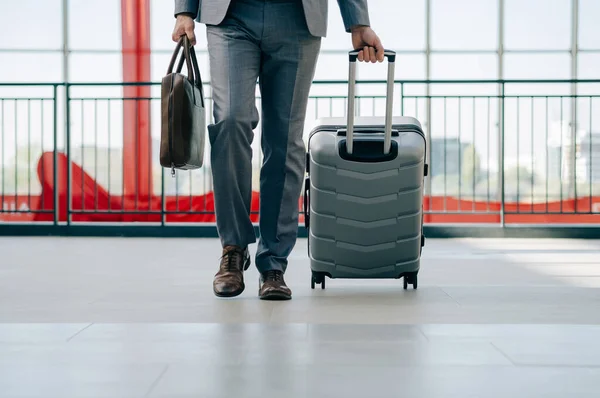
Resist the urge to immediately collapse in your hotel room, no matter how tired you feel. Keep yourself awake and moderately active until a reasonable local bedtime.
Take a walk, do some gentle sightseeing, or just sit outside—anything that keeps you upright and exposed to local time cues.
Strategic Caffeine Use

Use caffeine strategically to help you stay alert during your destination’s daytime hours, but cut it off completely 6–8 hours before your intended bedtime. A cup of coffee when you wake up at your destination can help signal that it’s morning, but avoid the temptation to keep caffeinating throughout the day.
Social Time Anchors
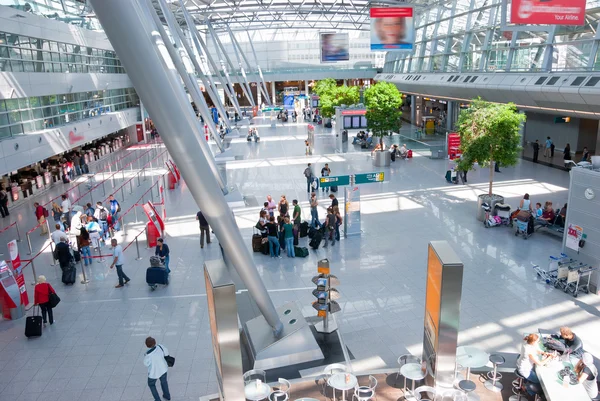
Engage in social activities according to local time, which helps anchor your adjustment to the new schedule. Having meals with others, attending events, or simply having conversations during local daytime hours provides social cues that reinforce the time change.
Isolation can make it easier to mentally slip back into your home time zone.
Like Travel Pug’s content? Follow us on MSN.
Gradual Eastward Adjustment

When traveling east (which is typically harder than westward travel), consider breaking up long journeys with a stopover if possible. Adjusting to a 12-hour time difference is much easier when done in two 6-hour segments rather than all at once.
Even a single overnight stop can significantly reduce jet lag severity.
Room Environment Optimization

Make your sleeping space as dark as possible using blackout curtains, eye masks, or even towels over windows if necessary. Light leakage can disrupt sleep quality and interfere with your circadian rhythm.
Many travelers carry a small eye mask and earplugs as essential adjustment tools.
Recovery Timeline Expectations

Plan for approximately one day of adjustment for every time zone crossed, and don’t expect to feel completely normal immediately. Eastward travel typically takes longer to adjust to than westward travel because it’s easier to stay up late than to fall asleep early.
Understanding this timeline helps you plan important activities and meetings accordingly.
Like Travel Pug’s content? Follow us on MSN.
Rhythm Meets Reality

Long before humans invented airplanes, our ancestors lived according to the sun’s patterns, rising with dawn and settling as darkness fell. Modern travel has compressed what used to be months-long journeys into hours-long flights, but our internal clocks still operate on ancient rhythms that expect gradual change.
The most effective time zone adjustment strategies work with these evolutionary patterns rather than fighting against them. These techniques aren’t just about reducing travel fatigue—they’re about respecting the biological systems that have kept humans healthy and alert for thousands of years.
When you understand that jet lag is essentially a temporary mismatch between your internal clock and external environment, the path to faster recovery becomes much clearer.
More from Travel Pug

- 20 Best Beach Towns in the Carolinas
- 13 Destinations Where Tourists Regularly Regret Their Trip
- 20 Destinations That Are More Magical Without an Itinerary
- 20 Underrated Adventures That Belong on Your Travel List
- 20 Cities Where You Should Just Wing It, No Planning Required
Like Travel Pug’s content? Follow us on MSN.w us on MSN.N.
